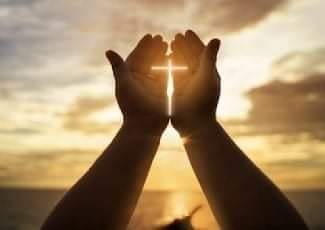07 September
Bible In 365 Days 
Ezekiel 25-27
Ezekiel 25
The last division of the prophecy deals with the subject of the ultimate restoration of the chosen nation. It falls into three sections. The first has to do with the nations, the second with the nation, and the last describes the restored order.
The prophecies concerning the nations fall into three groups. The fist pronounced the doom of four, the second the doom of two, and the third the doom of one.
The doom of four dealt with Ammon, Moab, Edom, and Philistia. The children of Ammon had exulted over the destruction of the sanctuary and mocked Israel in the days of her desolation, and Judah when she went into captivity. Therefore Ammon was to be overcome by the children of the East. Moab and Seir had witnessed the degradation of Judah, and rejoiced therein, and judgment was determined against them. Edom had been brutal in her treatment of Judah, taking vengeance on her. Therefore the land of Edom was to be made desolate and her people cut off. Philistia had taken vengeance with perpetual enmity, and therefore vengeance was determined against her.
It is to be especially and particularly noticed that each of these dooms ends with the same thought. By judgment on the people who have failed to recognize Jehovah through the government of His own people, He will make them know that He is Jehovah.
Ezekiel 26
The doom of the two dealt with Tyre and Sidon, but principally with Tyre. Concerning her, the prophet first made a general statement describing her sin, and the judgment determined against her, declaring that the purpose was that she also would know Jehovah. The sin of Tyre had finally expressed itself in her rejoicing over the downfall of Jerusalem, and her expectation of enrichment therefrom. On account of this the prophet declared that Jehovah was against Tyre, and that He would so utterly destroy her that she would be but a bare rock on which fishermen would spread their nets.
He then proceeded to describe in detail the process of judgment. Nebuchadnezzar would come with his armies and his engines of war and completely overthrow the city, making spoil of her riches and laying all her glory in the dust. So terrible would be her downfall that all the princes of the sea would be filled with fear and astonishment, and lament over her.
This prophecy was fulfilled with absolute accuracy of detail. The historic account of the downfall of Tyre is remarkable reading in the light of Ezekiel's foretelling.
Ezekiel 27
At the command of Jehovah, Ezekiel then took up a lamentation for Tyre. This took the form of a pictorial representation of her as a gallant ship trafficking among the nations and ultimately wrecked, to the consternation of all that beheld. The subjects set forth under the figure are her commercial supremacy, enterprises, and ruin. Her supremacy was ensured by the fact that she sat at the entrances of the sea, and the wealth of the nations round about had contributed to that result, until Tyre sat in pride, declaring, "I am perfect in beauty." Her commercial enterprises were far-reaching. Her own wise men acted as pilots, that is, directed these enterprises. Men from other nations served her both commercially and in her army. She dealt in raw material, in manufactured articles, and in things of beauty. Judah and Israel had been among those who had traded with her. It is a remarkable description of vast enterprises successfully carried on, until Tyre became very glorious in the heart of the seas.
In a passage full of picturesque beauty, the prophet described the whelming of Tyre in the great waters, and her breaking by the east wind, in a fall in which all those associated with her were involved. So terrible was the fall that the men of the surrounding nations gathered, and gazed in consternation, while they lamented and were afraid in the presence of the overthrow.
